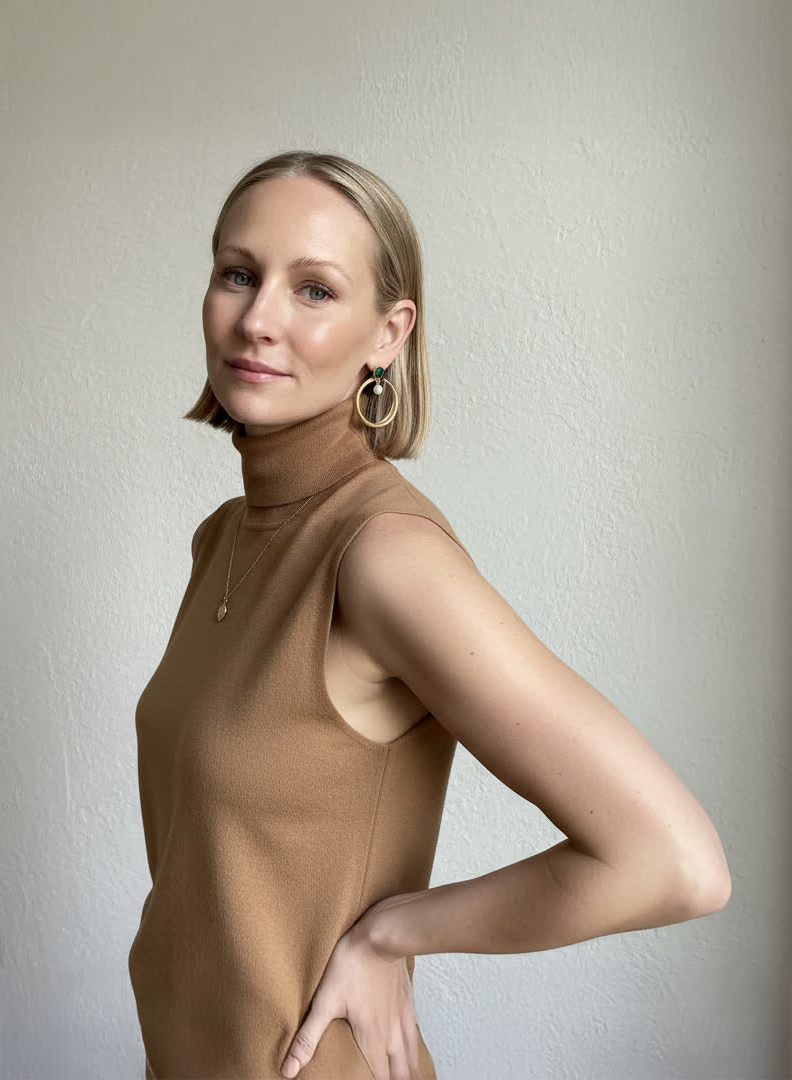When designing a home flooring is one of the most important design decisions. Not only do you want it to last a lifetime, but you also want it to be functional, beautiful, and classic.
You may think that picking the basic material is the main decision you need to make – wood vs. carpet or tile, but once you’ve decided on wood flooring there are what feels like infinite options to choose from.
How do you know which type of wood flooring will be best in the long term?
We’re covering all the options. Keep reading our complete guide to wood flooring.

The Benefits of Wood Flooring
If you’re still on the fence about wood flooring, there are many reasons why it’s a popular choice amongst homeowners and designers.
It’s durable and long-lasting. It’s versatile and works with a wide range of styles and aesthetics. There are so many options to choose from as well as customization options.
It’s also a natural and healthy option. Wood flooring doesn’t collect allergens, bacteria, or pesticides that can be brought in from outside. It’s also easy to clean and minimizes the accumulation of dust, mold, and dander.
Wood floors will also add value to your home, making it a smart investment.
How to Choose Wood Flooring
Now that you know you want wood flooring, you may be wondering how to choose the best kind? Well, there is no right or wrong answer. The best type of flooring will depend on a combination of your environment, needs, and personal preferences.
The range of options available might make the task intimidating, but don’t worry we’re covering everything you need to know.
- Decide What Type of Wood Floor You Want
When selecting wood flooring you’ll first want to decide if you want to go with traditional solid wood, engineered wood, or reclaimed wood.
What’s the difference? Keep reading.
Traditional Solid Wood
Solid wood, also known as hardwood, floors are the classic type of wood flooring that’s been around for decades. Each plank is constructed from a solid piece of wood. It’s known for its durability, authenticity, and timelessness.
Another advantage of solid wood floors is that they can be sanded and refinished multiple times over their lifetime which is about 30 to 100 years.

Since wood is a natural material it’s important to note that it expands and contracts and is affected by humidity and changes in temperature. Water causes the most damage to hardwood floors and they shouldn’t be installed in any room that can be affected by moisture like laundry rooms, bathrooms, or basements.
You can protect wood floors by making sure your windows and doors are properly sealed, to prevent leaks. You should also regulate the temperature in your home, clean up spills quickly, and use wood-safe cleaning products.
When it comes to resale value, solid wood is the winner because it’s considered a premium material. It can increase the price of your home by 2.5% on average (Forbes).
Engineered Wood Flooring
Engineered wood floors are made up of several layers of plywood sandwiched by bottom and top layers of solid wood.

The layered construction of this type of flooring makes it less likely to shift and warp when exposed to humidity, temperature changes, and water. It’s more stable than solid hardwoods making them ok for basements, bathrooms, and laundry rooms.
However because they’re not solid wood, they cannot be sanded and refinished as many times as hardwoods and do not have as long as a lifespan. They last usually 20-30 years.
They are typically less expensive than solid woods making them a more budget-friendly option, but the difference in cost is not huge. The cost of hardwoods ranges from $8-$15 per square foot while engineered woods range from $3-$14.
In terms of appearance, they look very similar. Engineered wood floors tend to have wider planks and because they’re sold prefinished they usually have a more limited range of species and colors available.
Reclaimed Wood
Reclaimed wood is great for those who are eco-conscious. As its repurposing wood that was already used in a different structure, giving it new life.

It can be a more affordable option, but not always depending on the type of wood.
It’s great if you want a weathered look and flooring with plenty of natural character.
It’s not great if you want a seamless new look. Also, depending on where the wood is sourced from the lifespan can vary.
2. Select Your Wood Species
Next, you’ll want to consider what type of wood you want. There are a few factors to consider when choosing a wood type – durability, color and tone, and cost.

Oak is one of the most common and popular options for its durability and affordability. Red oak has pinkish undertones while white oak has a more golden brown coloring. White oak is popular amongst designers because it stains very well and can be customized from very light colors, to very dark, and everything in-between.
Walnut is also a popular choice for its distinctive swirled grain. A more luxurious option, it’s darker in color and is great for those that want a rich and warmer tone. However it is a softer wood, so may not be the best high traffic areas.
Ash is popular with those that have a modern aesthetic. It’s lighter in color, which also makes it take stain very well and can be customized. It also is a very hard and durable option.

Cherry is a more expensive wood. It has a light reddish-brown color with swirling grains. It is sensitive to light and may darken after installation. Because it’s softer than other woods it is vulnerable to scuffing, denting, staining, and warping.

Pine is a very affordable and popular wood for a rustic aesthetic. It has a distinctive knotty grain and comes in white and yellow varieties, making it very adaptable. It’s not always great for refinishing, as it can dent and scratch more easily than harder woods.
There are other wood species available for a full list check out Flooring Stores.
3. Pick a Grain Pattern
After you select your wood, you’ll want to think about what type of grain pattern you like.

Wood floors are cut in three types of ways – plain-sawn, quarter-swan, or rift-sawn. Each results in a different type of grain pattern.
Plain-sawn wood or flat-sawn is the most popular cut. It produces the beautiful wavy grain that most people associate with wood floors.
Quarter-swan wood has a uniform grain with a flecked appearance and is less prone to warping.
Rift-sawn wood has the most uniform strait-lined grains. Similar to quarter-swan but without the flecks.

In most cases, wood is available as plain sawn or a mix of the other two to have some variety. However, you can request a single saw type if desired.
4. Select Finish Application and Type
Most engineered wood floors come prefinished. But if you go with solid wood you’ll be able to decide if you want it unfished or prefinished.

Prefinished means that the floors will arrive with a stain and topcoat already applied. This is a great option if you want to see samples of the floor with other materials and décor selected for your home.
Unfinished flooring is raw and gets finished on-site. This process allows for more customization and more control of the stain and sheen. It’s a good option if you’re trying to match new floors to an existing floor stain.
Each type of wood stains differently so when selecting a stain you’ll want to be sure you see a sample on the type of wood you’ve selected.
You’ll also choose the type of finish oil or polyurethane.

Oil penetrates the wood and gives it a soft and natural look. However, it doesn’t make the wood scratch-proof. It’s easier to maintain, but it may require maintenance more often.
Polyurethane creates a hard topcoat over the surface of the wood, making it more durable. So you’ll have to do maintenance less often. However, it is more difficult to repair if a plank gets damaged.
5. Decide on a Plank Width
Another choice to consider is the width of the wood planks. Wood flooring used to come in standard 2-3 inch strips, but now there is more of a variety of widths available. The options are categorized as strip, plank, and wide.
Strip – the classic 2-3 inch planks
Plank – 3-4 inch planks
Wide – over 5 inch planks
Mixed – a mix of plank widths

Again, plank width largely comes down to personal preference. Strip planks work well for historic homes but will have a higher installation cost because more planks need to be installed. Wide planks are popular and generally have a more luxurious feel. However, they don’t work well for small spaces.
6. Think About Laying Patterns
Something else to consider is floor pattern. Many choose to go for a standard random plank pattern, which is classic and will never go out of style.
But you could consider some of these other stunning patterns including diagonal, parquet, herringbone, or chevron if you want to create a more dramatic look with visual interest.

A diagonal pattern is great at opening up smaller spaces and the others mentioned above are stunning. However installing a floor in one of the more intricate patterns is more labor-intensive and will add to the installation cost, so that’s a factor you’ll want to consider
7. Consider Wood Alternatives
If you’re not sure if your budget will allow for hardwood after all then consider some wood alternatives. In the past wood alternatives may have had a bad rap, but today there are plenty of great-looking options including laminate, wood tile, and wood vinyl.



